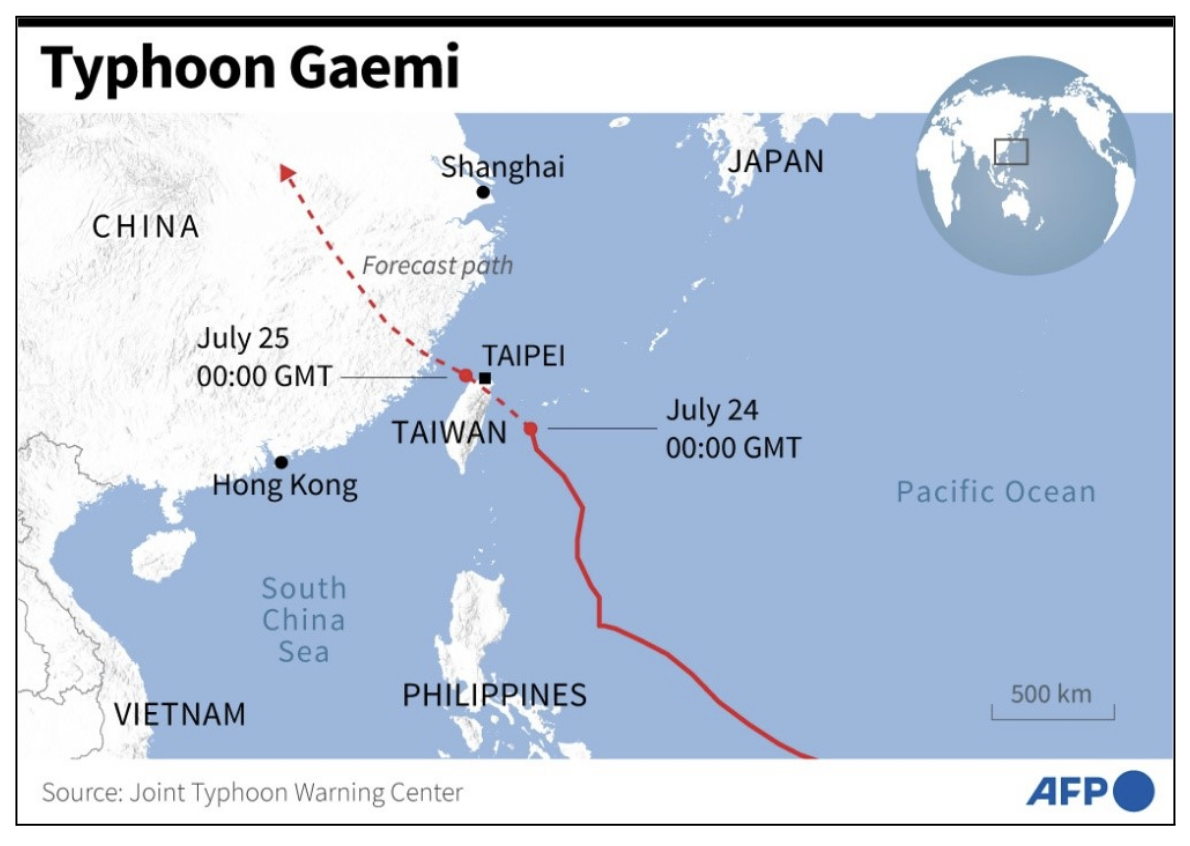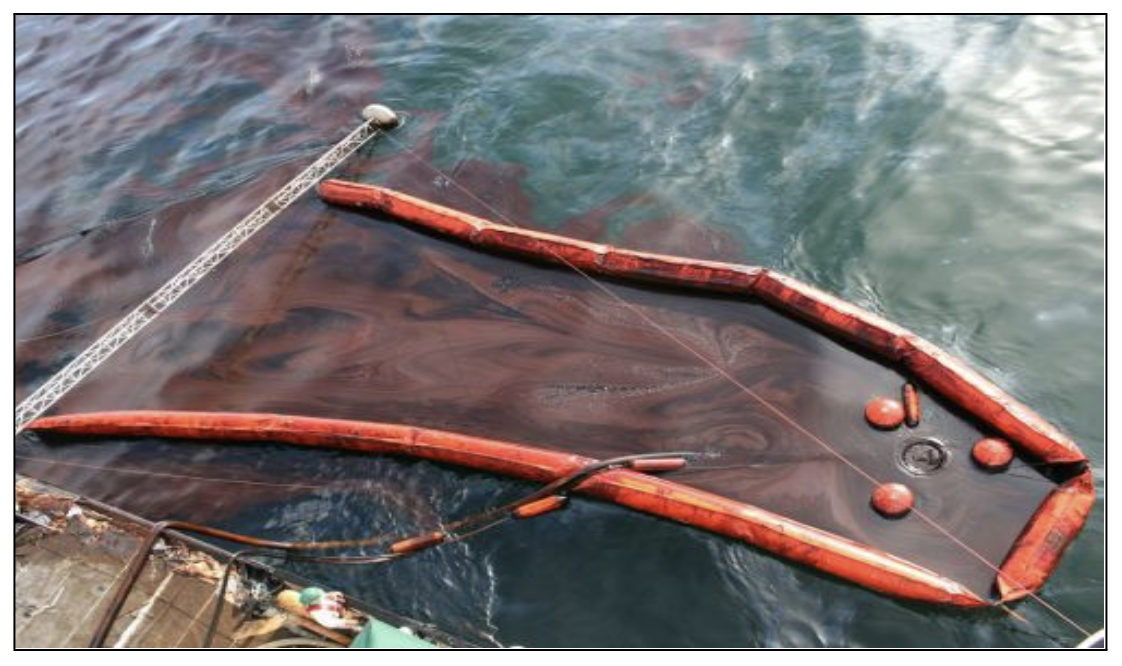GS Paper III
News Excerpt:
Recently the oil tanker MT Terra Nova, carrying 1.4 million liters of oil, sank in Manila Bay due to Typhoon Gaemi's severe weather.

Incident overview:
- This incident resulted in one crew member's death and 16 others being rescued, and has raised serious environmental concerns.
- The spill has spread over several kilometers and could become the largest in Philippine history, posing significant threats to marine life and coastal ecosystems.
Immediate Response:
- To mitigate the damage, the Philippines Coast Guard and other agencies are using containment booms and skimmers.

- Booms act as floating barriers to prevent the oil from spreading, while skimmers remove oil from the water's surface.
Environmental Impact of Oil Spills:
- Oil spills have devastating effects on the environment.
- When oil enters water, it forms a slick on the surface, blocking sunlight and disrupting the photosynthesis process in marine plants and phytoplankton.
- These organisms are essential for oxygen production and form the base of marine food chains.
- Marine animals, particularly those near the surface, are at immediate risk from toxic exposure.
- Oil can coat birds' feathers, compromising their insulation and leading to hypothermia or drowning.
- According to the U.S. Environmental Protection Agency (EPA), fish and invertebrates may also suffer reproductive and growth problems due to oil exposure.
Challenges in Cleanup:
- Cleaning up oil spills is challenging due to the rapid spread of oil and varying sea conditions.
- Different types of oil have distinct properties, with some sinking or emulsifying, complicating separation.
- Methods like chemical dispersants can further harm marine life, and manual cleanup is often labor-intensive and less effective, especially in remote areas.
Long-term Environmental and Economic Impacts:
- The long-term effects of oil spills are extensive, impacting marine ecosystems, habitats, and local economies.
- Spills can lead to the bioaccumulation of toxic substances in the food chain, posing risks to higher-level predators, including humans.
- Coastal ecosystems like mangroves, coral reefs, and marshlands are particularly vulnerable, and recovery can take decades.
- The economic consequences are significant, especially for communities reliant on fishing and tourism.
- Cleanup efforts are costly and time-consuming, often diverting resources from other critical needs.
Way Forward:
- Bioremediation with Oil-Eating Bacteria: Utilize species of marine bacteria including Marinobacter, Oceanospirillales, Pseudomonas, and Alkanivorax, that can eat compounds from petroleum as part of their diet. to naturally degrade oil, accelerating environmental recovery and minimizing long-term damage.
- Improved Physical Oil Removal: Develop advanced skimmers and absorbent materials for more effective oil containment and cleanup, even in challenging conditions.
- Preventive Measures and Policies: Implement stringent safety protocols, crew training, and advanced navigation systems to prevent spills, and foster international cooperation for best practices in oil spill response.
|
Typhoon Gaemi
|


